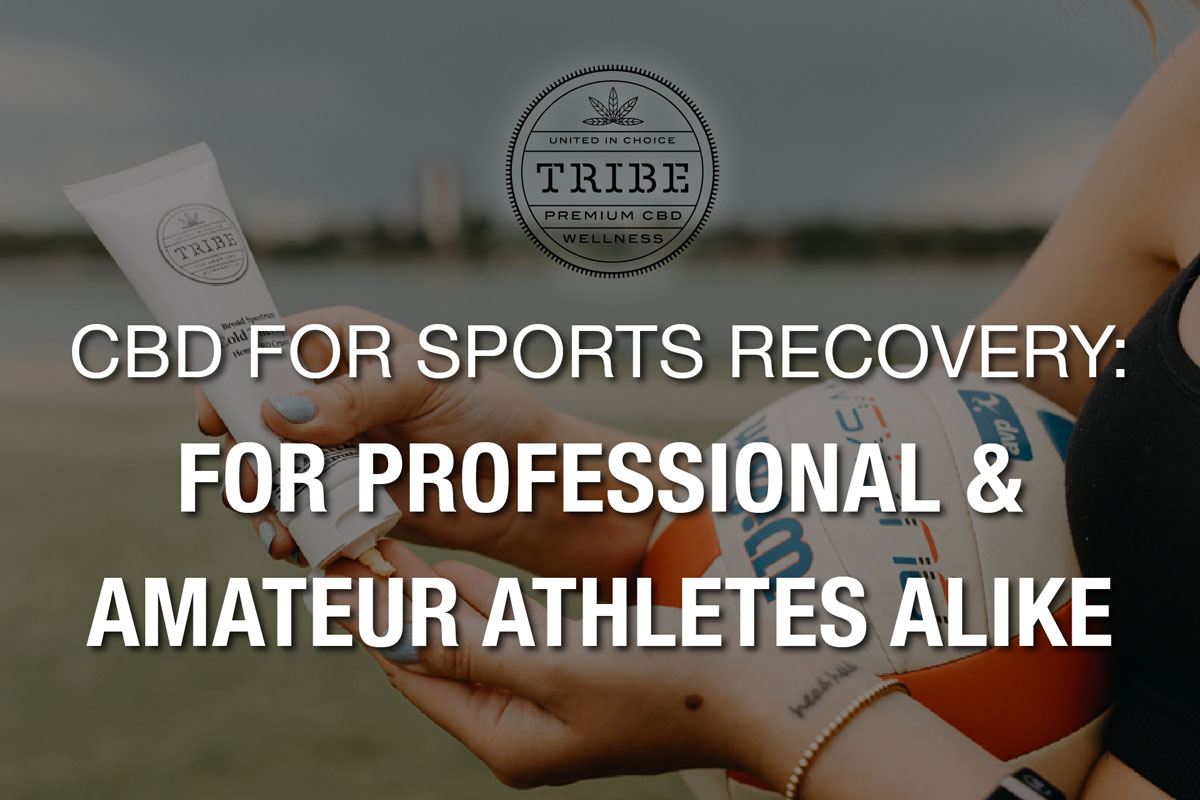
Whether you’re just playing a pick-up game at the rec-center, competing in a professional league, or even just working out at the gym, exercising regularly can take a severe toll on your body. Wear and tear will affect joints, muscles, ligaments, and other parts that are exerted during the exercise. Over time, the physical exertion from training can begin to wear down on an athlete’s body. While stretching before and after workouts can undoubtedly help reduce the likelihood of injury, many athletes still turn to pain relief in the form of NSAIDs (Nonsteroidal anti-inflammatory drugs). For serious injuries, powerful and addictive painkillers like opiates are even used on a fairly regular basis. For much of the history of professional sports, pro athletes have even been encouraged to use prescription medications by team doctors or coaches, making them the industry standard in most injury cases.
The recent boom of interest and research regarding cannabidiol, also known as CBD, has shown promising results for its use as a pain relief solution. This natural alternative does not boast unwanted side-effects, does not have psychoactive capabilities and has been shown aid in a variety of wellness and pain management areas.
Cannabidiol (CBD) is a member of a family of compounds found in cannabis or hemp plants that are together known as “cannabinoids.” Cannabinoids include many compounds, but the two most discussed are CBD and tetrahydrocannabinol, or THC. THC is the element in cannabis that is responsible for the “high” that most people associate with the plant. The majority of CBD products sold widely are produced without THC because hemp grown in the US must contain less than 0.3% THC. Cannabinoids like CBD are thought to increase the efficiency of the body’s endocannabinoid system, which maintains stress regulation, pain sensation, appetite, and REM sleep.
It’s these pain-relieving qualities that have created so much interest in CBD as a tool for sports recovery and athletes. Retired professional athletes themselves have become some of the most outspoken fans of using CBD as a powerful tool. Retired players like David Ahrens of the NFL and Ryan Vandenbussche of the NHL began to research CBD when they realized the dangers of overusing common pharmaceutical pain relievers.
How To Use CBD For Workout Recovery
To use CBD as an athletic recovery option, most consumers choose between CBD oils or tinctures and topical options. Products like Tribe Broad Spectrum Cold Therapy CBD Hemp Cream popular because they can be applied directly to a problem area and come in both scented and unscented varieties. Some consumers prefer oil tinctures due to their simplicity and fast absorption, through sublingual absorption. The CBD compounds are suspended in a neutral oil like coconut oil and are sold with droppers that allow consumers to place them directly under the tongue. CBD tinctures like those from Tribe CBD are quick-acting because they’re absorbed immediately by the blood vessels under the tongue, and provide benefits throughout the whole body. In addition to more common CBD products, Tribe also offers CBD drink shots for sleep and for energy.
CBD has been accepted as safe for general use by most medical professionals, so if you’re trying to keep making consistent gains at the gym, it may give you the natural advantage you’re looking for. The next time you find yourself struggling with an aching knee or other problems from an exceptionally tough workout, consider using CBD before turning to that bottle of aspirin in the medicine cabinet! For more information on Tribe CBD, click here.
Original Post from this site
